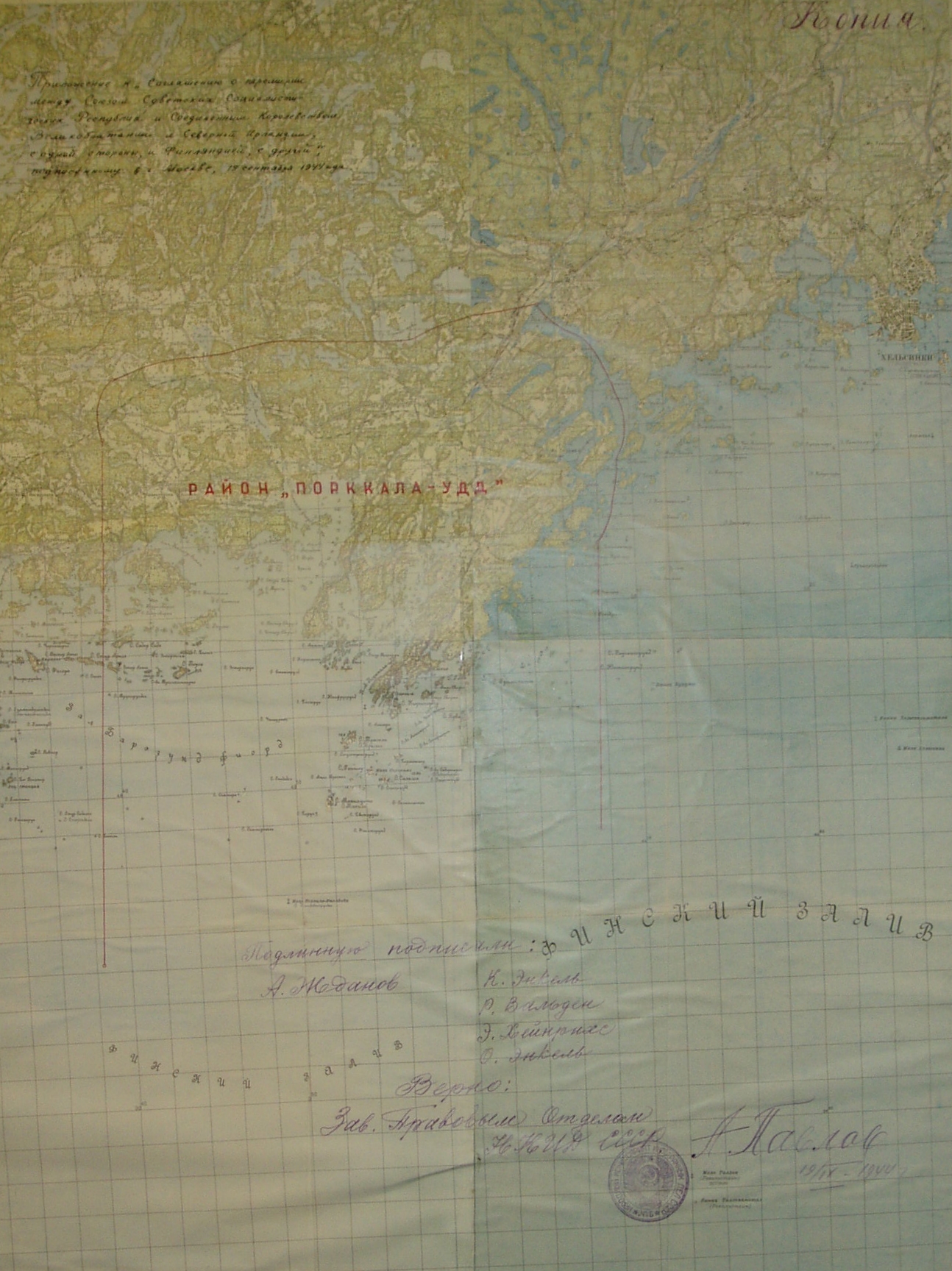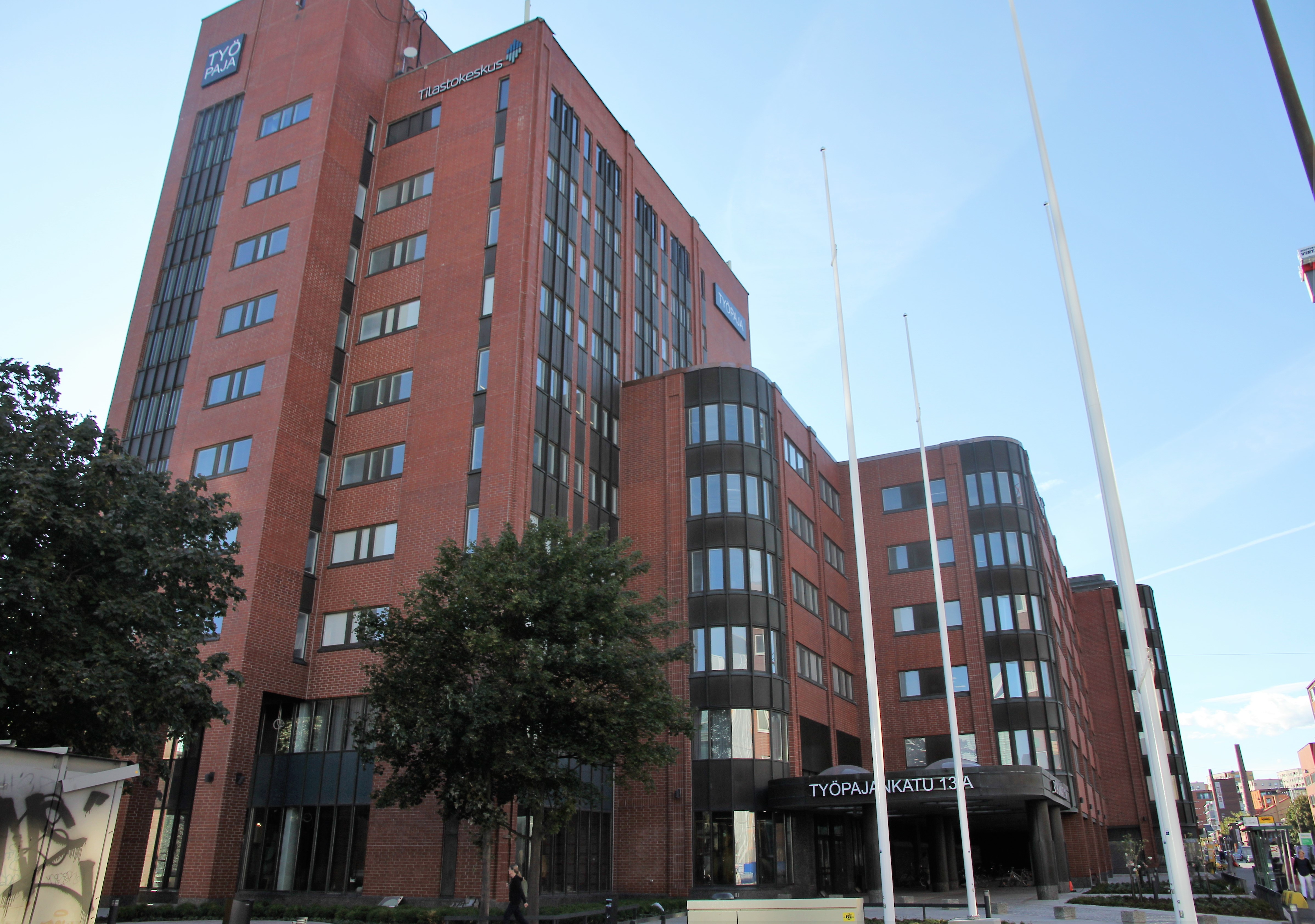|
Degerby
Degerby is a former Finnish municipality located in Uusimaa region in Finland. Degerby was founded in 1867 after it gained its independence from the municipality of Ingå. The municipality ceased to exist in 1945 after major part of it became a part of the Soviet naval base Porkkala. In 1940 there were 1 490 people living in Degerby with majority of people speaking Swedish as their mother tongue. The church village of Degerby, which was also the administrative centre of the municipality, is listed as a Built cultural heritage site of national significance by the Finnish Heritage Agency. The neighbouring municipalities of Degerby were Siuntio and Ingå. Nowadays Degerby is part of the municipality of Ingå. History The area of Degerby was populated during the Middle Ages when the King's Road passed through the village. In 1560s there were only four houses in Degerby. There are also Bronze Age burial sites on the cliffs that surround the Degerby church village. As an indepen ... [...More Info...] [...Related Items...] OR: [Wikipedia] [Google] [Baidu] |
Degerby Church
The Degerby Church (; ) is the 20th-century church located in the village of Degerby in the Ingå municipality in Uusimaa, Finland. The Empire-style church was designed by and it was completed in 1932. After World War II, the church was part of the Porkkala area, which was leased to the Soviet Union until 1956. The church was rededicated in 1958, when the area was returned to Finland. Although 10 million Finnish markkas were spent on the church's repair work, it was preserved from destruction because it was actively used by Russian soldiers as a saloon and cinema. The golden cross in the church tower was lost during the lease period, but a new one was added finally in 2018. The church's 9-tone mechanical Walker pipe organ The pipe organ is a musical instrument that produces sound by driving pressurised air (called ''wind'') through the organ pipes selected from a Musical keyboard, keyboard. Because each pipe produces a single tone and pitch, the pipes are provide ... was a ... [...More Info...] [...Related Items...] OR: [Wikipedia] [Google] [Baidu] |
Finnish National Road 51
The Finnish national road 51 (; ) is the Highways in Finland, 2nd class main route between the major cities of Helsinki and Raseborg in southern Finland. It runs from Ruoholahti in Helsinki and passes through Espoo to Kirkkonummi as a motorway (in Finnish) called ''Länsiväylä'' (), where it continues to Karis in Raseborg as a smaller road. Route The road passes through the following localities: *Helsinki (Ruoholahti and Lauttasaari) *Espoo (Keilaniemi, Matinkylä and Nöykkiö) *Kirkkonummi (Sarsvik, Jorvas, Kirkkonummen keskusta, Kirkkonummi, and Vuohimäki) *Siuntio (Fågelvik) *Ingå (Degerby and Ingå) *Raseborg) (Svarvarböle and Karis)References
|
Ingå
Ingå (; , ) is a municipality in Finland, located in the southern coast of the country. Ingå is situated in the western part of the Uusimaa region. The population of Ingå is approximately , while the Raseborg sub-region, sub-region has a population of approximately . It is the most populous Municipalities of Finland, municipality in Finland. Ingå is located east of Ekenäs, Finland, Ekenäs, the town centre of Raseborg. Ingå covers an area of of which is water. The population density is . Ingå is a bilingual municipality with Finnish language, Finnish and Swedish language, Swedish as its official languages. The population consists of Finnish speakers, Swedish speakers, and speakers of other languages. Finnish national road 51 goes right through the southern part of Ingå. The centre consists mainly of the road ''Bollstavägen'' that cuts through the Ingå centrum. Along the road are most of the major buildings and shops of the small municipality. A few grocery store ... [...More Info...] [...Related Items...] OR: [Wikipedia] [Google] [Baidu] |
Porkkala Naval Base
Porkkala Naval Base was a Soviet naval base operational from 1944–1956 in the Municipality, municipalities of Kirkkonummi, Ingå and Siuntio on the Porkkala peninsula, 30 kilometers (19 mi) ''west'' of Helsinki, Finland. The area was leased to the Soviet Union according to the Moscow Armistice signed in 1944 by Finland, the Soviet Union, and the United Kingdom. The area was returned to Finland in 1956. In the 21st century, it is the site of the Finnish naval base Upinniemi. History At the end of the Second World War, the Soviet Union secured the Concession (territory), rights of lease to a naval base at Porkkala, in accordance with the Moscow armistice agreement that ended the Continuation War, between Finland and the Soviets on September 19, 1944. Porkkala replaced the peninsula of Hanko, Finland, Hanko as a site of Soviet naval operations; the latter had been leased to the Soviets in 1940–41. Ten days after the armistice, the USSR on 29 September 1944 leased ... [...More Info...] [...Related Items...] OR: [Wikipedia] [Google] [Baidu] |
Eastern European Time
Eastern European Time (EET) is one of the names of UTC+02:00 time zone, 2 hours ahead of Coordinated Universal Time. The zone uses daylight saving time, so that it uses UTC+03:00 during the summer. A number of African countries use UTC+02:00 all year long, where it is called Central Africa Time (CAT), although Egypt and Libya also use the term ''Eastern European Time''. The most populous city in the Eastern European Time zone is Cairo, with the most populous EET city in Europe being Kyiv. Usage The following countries, parts of countries, and territories use Eastern European Time all year round: * Kaliningrad Oblast (Russia), since 26 October 2014; also used EET in the years 1945 and 1991–2011. See also Kaliningrad Time. * Libya, since 27 October 2013; switched from Central European Time, which was used in 2012. Used year-round EET from 1980 to 1981, 1990–1996 and 1998–2012. The following countries, parts of countries, and territories use Eastern European ... [...More Info...] [...Related Items...] OR: [Wikipedia] [Google] [Baidu] |
Middle Ages
In the history of Europe, the Middle Ages or medieval period lasted approximately from the 5th to the late 15th centuries, similarly to the post-classical period of global history. It began with the fall of the Western Roman Empire and transitioned into the Renaissance and the Age of Discovery. The Middle Ages is the middle period of the three traditional divisions of Western history: classical antiquity, the medieval period, and the modern period. The medieval period is itself subdivided into the Early, High, and Late Middle Ages. Population decline, counterurbanisation, the collapse of centralised authority, invasions, and mass migrations of tribes, which had begun in late antiquity, continued into the Early Middle Ages. The large-scale movements of the Migration Period, including various Germanic peoples, formed new kingdoms in what remained of the Western Roman Empire. In the 7th century, North Africa and the Middle East—once part of the Byzantine Empire� ... [...More Info...] [...Related Items...] OR: [Wikipedia] [Google] [Baidu] |
Statistics Finland
Statistics Finland ( , ) is the national statistical institution in Finland, established in 1865 to serve as an information service and to provide statistics and expertise in the statistical sciences. The institution employs more than 800 experts from varying fields. The institution is led by Director General Markus Sovala. References External links * 1865 establishments in Finland Finland Finland, officially the Republic of Finland, is a Nordic country in Northern Europe. It borders Sweden to the northwest, Norway to the north, and Russia to the east, with the Gulf of Bothnia to the west and the Gulf of Finland to the south, ... Demographics of Finland Government of Finland {{Finland-org-stub ... [...More Info...] [...Related Items...] OR: [Wikipedia] [Google] [Baidu] |
Soviet Union
The Union of Soviet Socialist Republics. (USSR), commonly known as the Soviet Union, was a List of former transcontinental countries#Since 1700, transcontinental country that spanned much of Eurasia from 1922 until Dissolution of the Soviet Union, it dissolved in 1991. During its existence, it was the list of countries and dependencies by area, largest country by area, extending across Time in Russia, eleven time zones and sharing Geography of the Soviet Union#Borders and neighbors, borders with twelve countries, and the List of countries and dependencies by population, third-most populous country. An overall successor to the Russian Empire, it was nominally organized as a federal union of Republics of the Soviet Union, national republics, the largest and most populous of which was the Russian SFSR. In practice, Government of the Soviet Union, its government and Economy of the Soviet Union, economy were Soviet-type economic planning, highly centralized. As a one-party state go ... [...More Info...] [...Related Items...] OR: [Wikipedia] [Google] [Baidu] |
Bronze Age
The Bronze Age () was a historical period characterised principally by the use of bronze tools and the development of complex urban societies, as well as the adoption of writing in some areas. The Bronze Age is the middle principal period of the three-age system, following the Stone Age and preceding the Iron Age. Conceived as a global era, the Bronze Age follows the Neolithic, with a transition period between the two known as the Chalcolithic. The final decades of the Bronze Age in the Mediterranean basin are often characterised as a period of widespread societal collapse known as the Late Bronze Age collapse (), although its severity and scope are debated among scholars. An ancient civilisation is deemed to be part of the Bronze Age if it either produced bronze by smelting its own copper and alloying it with tin, arsenic, or other metals, or traded other items for bronze from producing areas elsewhere. Bronze Age cultures were the first to History of writing, develop writin ... [...More Info...] [...Related Items...] OR: [Wikipedia] [Google] [Baidu] |
King's Road (Finland)
King's Road (Finnish: ''Kuninkaantie'', Swedish: ''Kungsvägen'') is an old mailing route in Northern Europe dating back to the 14th century, starting from Bergen in Norway on the Atlantic coast, passing through the capitals of Norway and Sweden (Oslo and Stockholm) crossing the sea through the Åland archipelago to Turku in SW Finland and ending up in Vyborg in Russia. The modern tourist route "King's Road" is extended to St. Petersburg Saint Petersburg, formerly known as Petrograd and later Leningrad, is the second-largest city in Russia after Moscow. It is situated on the River Neva, at the head of the Gulf of Finland on the Baltic Sea. The city had a population of 5,601, .... See also * King's Road (other) for other King's Roads External links * Roads in Finland Old roads of Norway Roads in Russia Roads in Sweden {{Norway-transport-stub ... [...More Info...] [...Related Items...] OR: [Wikipedia] [Google] [Baidu] |
Finnish Heritage Agency
The Finnish Heritage Agency (, ), previously known in English as the National Board of Antiquities, preserves Finland's material cultural heritage: collects, studies and distributes knowledge of it. The agency is a cultural and research institution, but it is also a government authority charged with the protection of archaeological sites, built heritage, cultural-historically valuable environments and cultural property, in collaboration with other officials and museums. The Agency offers a wide range and diversified range of services, a professional staff of specialists, the exhibitions and collections of its several museums, extensive archives, and a specialized scientific library, all of which are at the disposal of the general public. The Finnish Heritage Agency is attached to the Ministry of Education An education ministry is a national or subnational government agency politically responsible for education. Various other names are commonly used to identify such agencies, suc ... [...More Info...] [...Related Items...] OR: [Wikipedia] [Google] [Baidu] |



